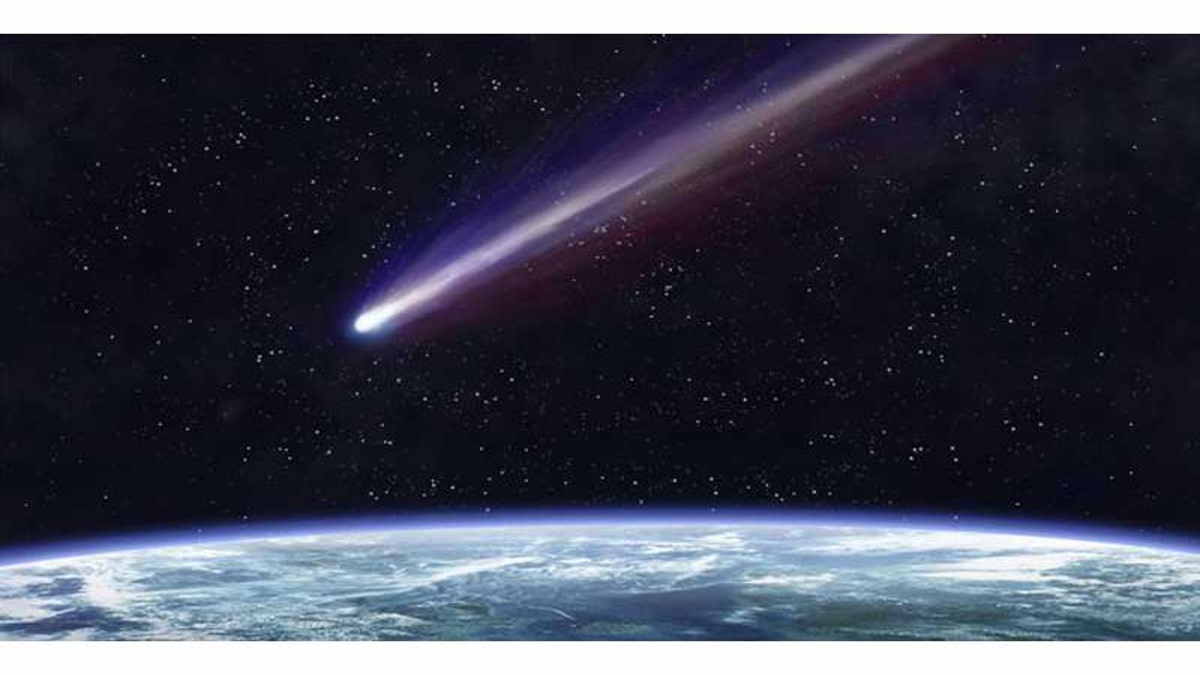Comet Halley is one of the outer space objects that illuminates the night sky. This comet is certainly not unusual.
This space object will be visible from Earth every 75 to 76 years. At that time, Halley’s Comet will light up the sky by reaching its perihelion.
The comet’s size and the intrigue that surrounds it is striking. It made the appearance of humans eagerly awaited throughout history.
Also Read: Unique Facts about Comet Swan, Peak Activity at the End of May
Halley’s Comet Facts
Every 75 to 76 years, Comet 1P/Halley or as many people call it Halley’s Comet, sweeps across the inner solar system.
Heat from the sun causes the comet to lose its icy grip on a mountain-sized lump of dust, ice and gas.
As a result, fragile comets will release their new debris gas into orbital streams with each pass. During its last flight in 1986, the comet has already lost about 1/1,000 of its mass.
Also Read: Comet C/2021 A1 Leonard Rare Phenomenon, Passes Closer to Earth
Causing Meteor Showers Every Year
Coincidentally, we cross the orbit of Halley’s Comet twice a year. That is why, despite the fact that this comet is invisible, it is a fact that Halley’s Comet is the source of two annual meteor showers.
The meteor shower is quite famous. They usually occur in May and in October.
The annual Eta Aquarid meteor shower occurred in early May showing a fragment of this comet. Then, six months later in October, Earth’s orbit will return to Halley’s Comet.
That’s when the comet fragments will burn up in Earth’s atmosphere as the annual Orionid meteor shower. Comet particles will pollute the orbit of Comet Halley because it has been around the sun for thousands of years.
As a result, comets don’t have to be close to Earth or the sun to produce meteor showers.
On the other hand, each time the Earth orbits Halley’s Comet, the comet fragments are as small as grains of sand and gravel and often collide with the atmosphere.
Then, the gravel and sand will evaporate as streaks of light across the sky. That is what came to be known as a meteor.
Also Read: Comet Alien 21/Borisov, How NASA Revealed Its Mystery
Where is Halley’s Comet Currently?
Astronomers generally express the distances between objects in the solar system in astronomical units or AU, the distance between the sun and the Earth.
Comet Halley is 0.587 AU from the sun at its closest approach or perihelion. Then 35.3 AU at aphelion or furthest approach.
In other words, Halley’s Comet is 60 times farther from the sun at its closest point. Finally, the comet reached perihelion in 1986 and is likely to do so again in 2061.
Comet Halley is currently outside the orbit of Neptune which is the outermost giant planet and is close to its aphelion point. The peak of aphelion will occur in 2023.
Even so, meteorites or debris particles left in the comet’s orbit will move through the orbital stream. As a result, when the Earth passes through Halley’s Comet, the annual meteor shower will occur. (R10/HR-Online)
–


